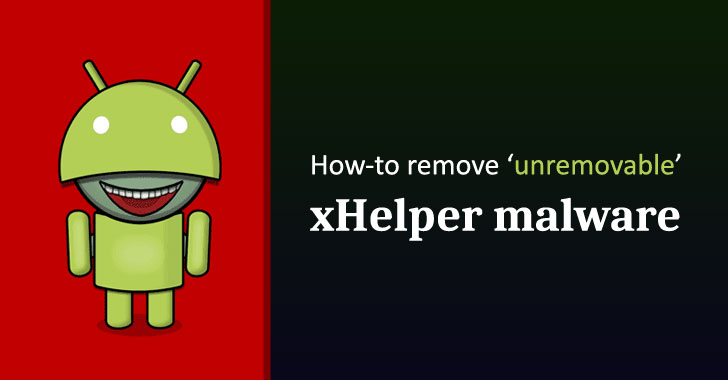
For years we’ve dreamed of the smart home, but when we anticipated it, we didn’t really picture a dozen hubs littered all over our house that do nothing but control only one type of device. Sadly, that’s the truth we’ve come to. But Google seems to be taking the first steps to remedy this situation, starting with opening local control of smart devices to all developers and smart home manufacturers.
With the new Local Home SDK, devs can make use of the Google Home speakers’ and Nest Displays’ built-in radios (Bluetooth and WiFi, possibly also Thread where applicable) to communicate directly with their devices. So when you ask Assistant to control your LIFX lights for example, it doesn’t talk to the LIFX cloud which then communicates back to the light, but instead the command is directly relayed from the speaker/display to the light. This speeds things up and makes them more reliable. (It could also possibly bring offline controls when your network is down.)
Other hubs like SmartThings and Wink have had this for years, so it’s exciting to see Google add it, even if the functionality seems to be limited — at least at first — to first-party speakers and displays. Google says it’s been working with Philips, GE, WeMo, LIFX, and TP-Link on this SDK, and will open it to all developers starting next month.

Also as part of this new SDK, smart home device setup could be simplified. The same experience that we saw with the GE C-Life lights (i.e. directly setting up the light from the Google Home app without using GE’s app, and controlling from there as well) will be available to more partners. Devs and companies who are interested can sign up here.
And finally, there is more development with the Google Assistant Connect, which was announced at CES 2019. Essentially, this is Google’s low-cost solution for allowing device and appliance makers to add some Assistant functionality. The company has already partnered with Anker, Leviton, and Tile, while interested devs can still sign up here. We won’t known more though until “later this year.”
Developer Preview
It took a bit more than the promised month, but the Developer Preview of this Local Home SDK is now live. Google explains in further details how the local control works, by first discovering nearby devices on the same network and then using them as the execution path (instead of the device’s developer cloud) when users issue a command. Interested smart home makers can check out the API reference, developer guide, and samples.
Live for all
The Local Home SDK has existed Developer Preview and v1.0 (changelog) is now available for all developers and smart home device manufacturers. If they want to take advantage of local controls on the network, they can check out the all the references linked above, build their apps, and submit them as they would a regular Assistant action.
https://www.androidpolice.com/2020/04/07/googles-speakers-and-displays-add-local-control-of-smart-home-devices-starting-with-hue-tp-link-more/
















